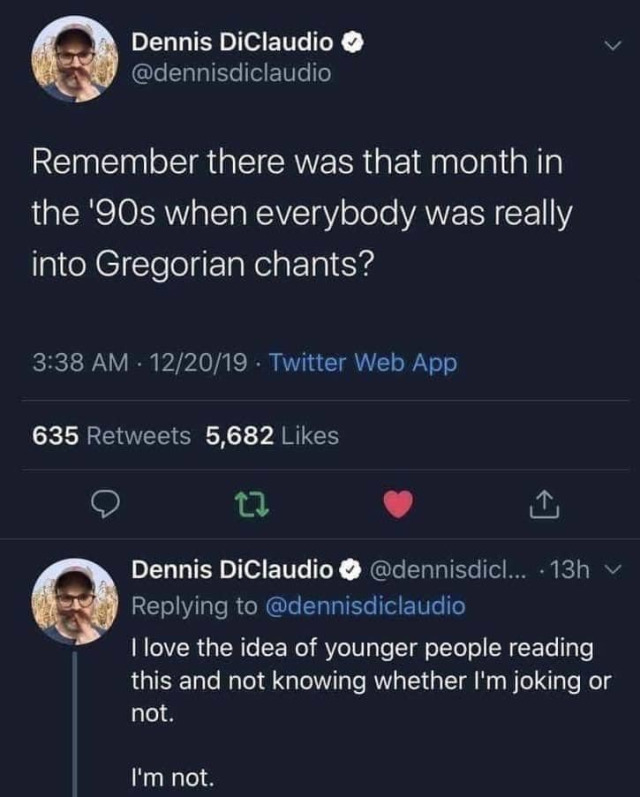Headline News
Jun. 23rd, 2025 10:15 pm
Turn off your feed, Bubbles
Want to leave a Kudos?
I tripped coming back from the garden after watering and skinned the hell out my left knee and twisted my right ankle, plus minor scrapes on my palms. Ow.
Hobbled home, rinsed everything off (because of course I had some dirt on me from wrestling the garden hose and whatnot), smeared on antibacterial ointment, iced both joints (not super successfully), taped bandaids to my knee, and ordered delivery of a bento box. Now I need to put on enough clothes to get downstairs to receive said delivery, and get back up the stairs to eat. Ow ow OW.
This was a perfectly pleasant heatwave until then! I got the window unit into my bedroom window yesterday, have been eating popsicles and drinking various flavored waters, and made summer rolls last night. I was going to make peanut noodles. But no. Did I mention OW?


My friend George sent me this picture of me and Krissy — which I had been literally trying to find for years! — where she and I were at the wedding of my friend Clete. I was a groomsman, which is why I’m dressed up; Krissy is dressed up because, you know, wedding, you’re supposed to look nice. I seem to remember the wedding taking place in 1995, although I might be off by a year; either way, this is us, roughly 30 years ago.
And here we are now!

30 years is a lot of time and also, not nearly enough time with someone if you love them a lot. Fortunately for us we get to keep going. Not gonna lie, though, I miss my hair. Krissy’s still looks spectacular, of course. That’ll have to be enough for the both of us.
Also, hello, we’re back in the United States now. Venice was lovely. I’ll post some more pictures of it soon.
— JS



As a large outcropping of diorite hidden in the middle of the island, the Ayo Rock Formations are a unique geological feature on this arid island. Known for its indigenous petroglyphs reportedly left by the Arawak Indians more than 1,000 years ago, the boulders themselves also deserve a visit.
The government of Aruba has created paths and added stairs as necessary to offer a contemplative experience. The paths are often narrow and in some cases individuals must almost crawl through small openings, but the walk is distinctive and often captures visitors’s imaginations. Local flora also lines the paths and visitors can see a variety of cacti and bushes that protect themselves with long thorns.

